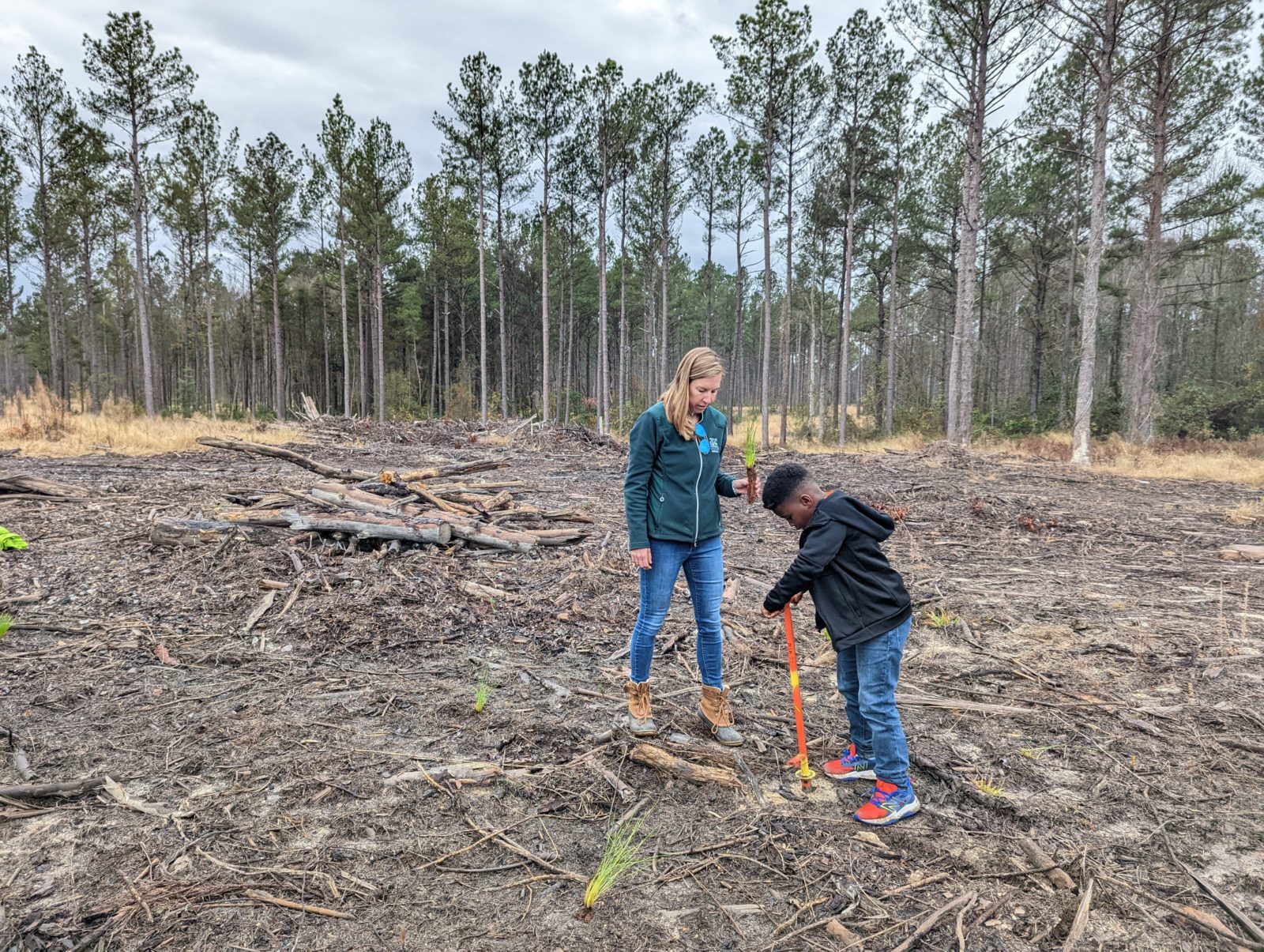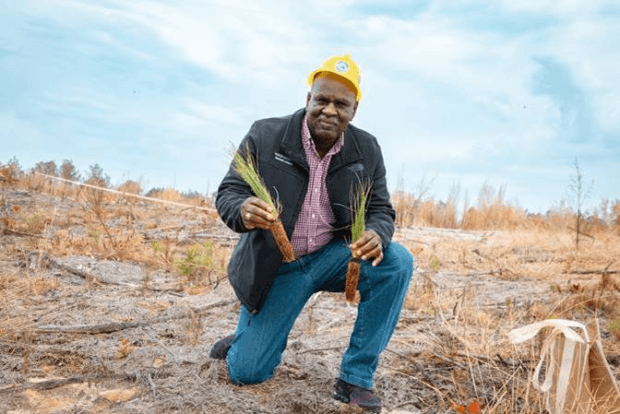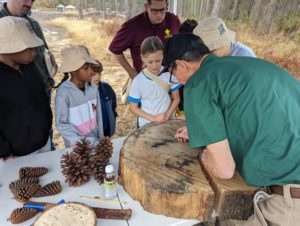We have much more to do and your continued support is needed now more than ever.
North Carolina’s Youth Plant Over 500 Longleaf Pine Trees at the Hoke Community Forest

The National Wildlife Federation, in partnership with Hoke County, planning partners, and funders, hosted a tree planting ceremony this past weekend to celebrate and initiate restoration efforts of the Hoke Community Forest in North Carolina.
In the Southeast, approximately 89% of land is privately held, and this property is one of few community-owned forests with the county and its citizens owning the land. Youth and adults alike hand-planted 500 longleaf pine tree seedlings at the event and learned about tree identification and aging, wildlife, forest markets, and career opportunities.

These 500 trees were the first of 34,000 longleaf seedlings that will be planted this winter following a recent harvest of less-desirable and non-native trees. The restoration of this 532-acre forest will provide wildlife habitat, outdoor classroom space, and recreational and economic opportunities for local residents in this diverse community.
The benefits of restoring this forest for wildlife and for the community cannot be overstated — from providing habitat for birds like the red-cockaded woodpecker, to creating economic income for the county from its sustainable harvests of trees, and creating recreational opportunities such as equestrian and hiking trails.



Hoke County Commissioners and staff are working alongside the team of partners to ensure that the best interests of Hoke County citizens are represented and met throughout the process, as outdoor recreational and educational opportunities are built alongside economic and community wealth.
Funding for a portion of the restoration activities has been provided by the USDA’s Natural Resources Conservation Service (NRCS) of North Carolina, the U.S. Fish and Wildlife Service, the U.S. Forest Service, and a grant from the National Fish and Wildlife Foundation’s Longleaf Landscape Stewardship Fund, which includes funding from Altria Group, the U.S. Department of Defense, USDA’s NRCS, U.S. Fish and Wildlife Service, and U.S. Forest Service.
USDA is an equal opportunity provider and employer.
The views and conclusions contained in this document are those of the authors and should not be interpreted as representing the opinions or policies of the U.S. Government or the National Fish and Wildlife Foundation and its funding sources. Mention of trade names or commercial products does not constitute their endorsement by the U.S. Government, or the National Fish and Wildlife Foundation or its funding sources.






















